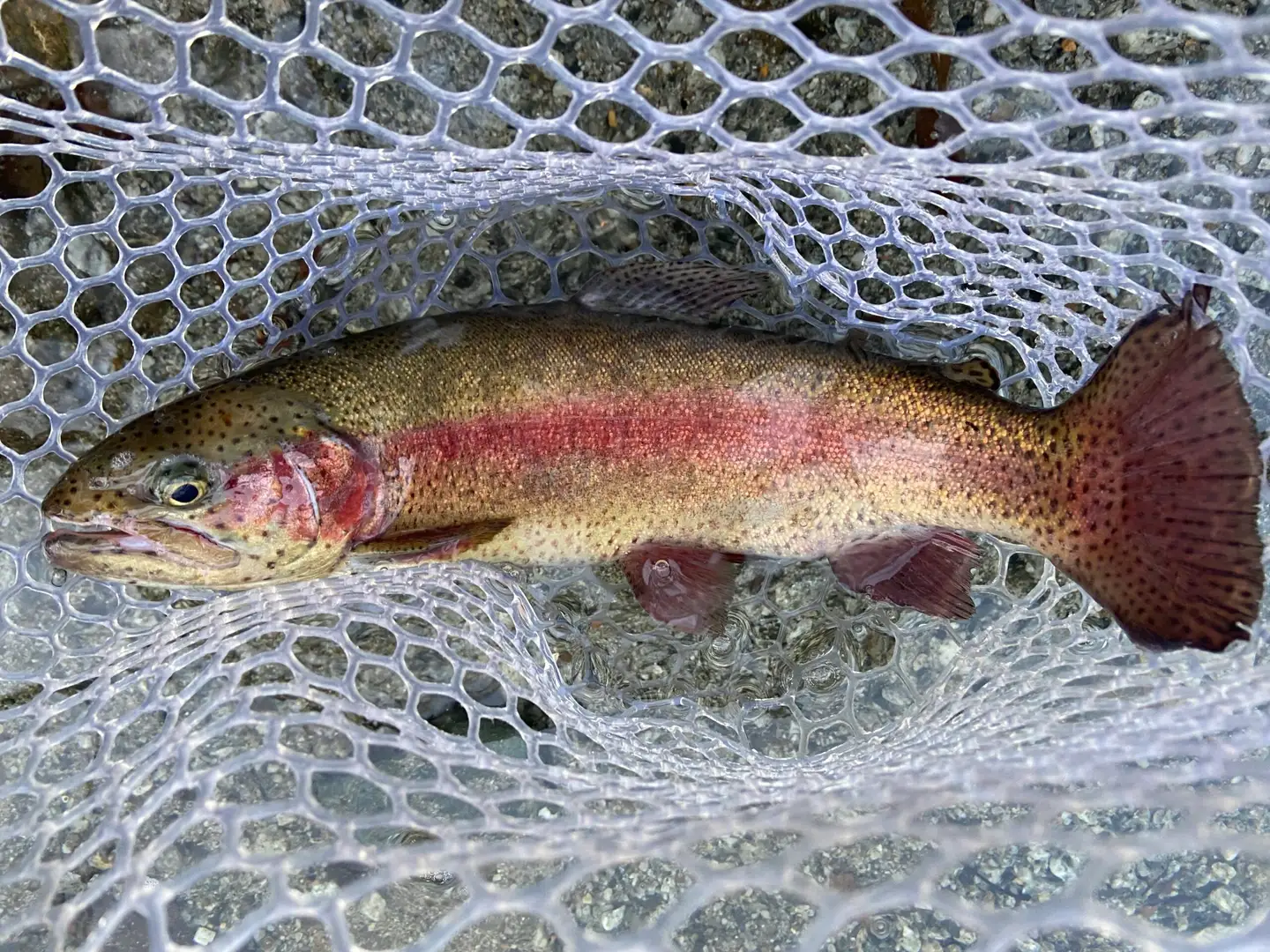Embracing winter trout fishing offers a unique experience with fewer crowds and extended stretches of pristine water. While the endeavor demands effort, understanding when to fish becomes crucial. This guide shares essential tips for choosing the right day, locating trout, and effectively enticing them, ensuring a fruitful winter fishing season.
Water Conditions for Success: The key to winter trout fishing lies in closely monitoring water flow and conditions. Free stone streams and rivers, influenced by air temperature and runoff, require special attention. Bitter-cold temperatures and clear, low water often result in challenging fishing conditions. Optimal success comes with rain or a slight temperature increase, melting snow and ice to elevate stream flows. Stained water proves beneficial, providing a hall pass for trout to feed more comfortably.

Locating Trout in Winter: Trout locations during winter vary based on water conditions. In clear, cold water, trout seek refuge in deeper, slow-flowing holes to conserve energy and avoid aerial threats. However, slight changes like increased flow, water dirtiness, or a temperature rise can make them more aggressive and less selective. Exploring diverse stream areas and focusing on where the first trout is caught enhances chances of success.
Baits for Winter Trout: Winter’s cold water requires a strategic approach to lure selection. In-line spinners may lose effectiveness, making small floating or suspending jerkbaits preferable. The Yo-Zuri Pin’s Minnow, twitched gently, offers an enticing flash without rapid movement. For less aggressive trout, trusty Trout Magnets prove invaluable with their slow-moving, natural presentation. Gold and pink remain reliable colors for winter success.

Fly Fishing Strategies: Winter becomes an opportune time for fly anglers, demanding precision and skill. Adhering to four rules ensures success:
- Slow Down: As water temperatures drop, trout become lethargic. Fish slower and stalk trout carefully to avoid spooking them.
- Size Down: Opt for smaller nymphs, with midges and black stoneflies being particularly effective. Lighten tippet size for a subtle presentation.
- Tone Down: Choose dull, darker colors for flies and attire. A quieter presentation and subdued colors are vital in winter conditions.
- Present Downstream: Make 90% of presentations downstream, minimizing the risk of “lining” trout. Watch fish reactions and be patient, adjusting weight for optimal drift.
Mastering winter trout fishing involves strategic timing, understanding water conditions, and adapting bait and fly choices. Whether using lures or flies, the key lies in approaching winter trout with a nuanced and patient approach. The cold months present a unique challenge, but with the right strategies, success is within reach.
Image/Source: Field&Stream





